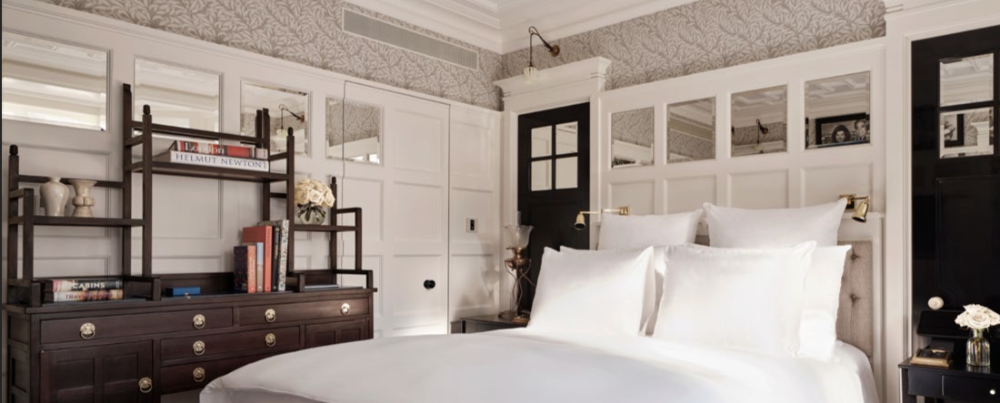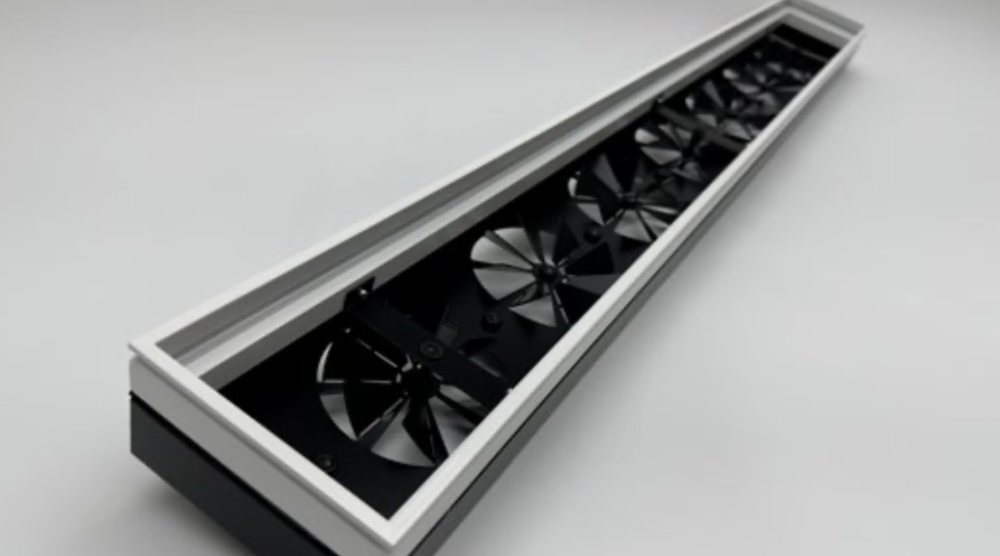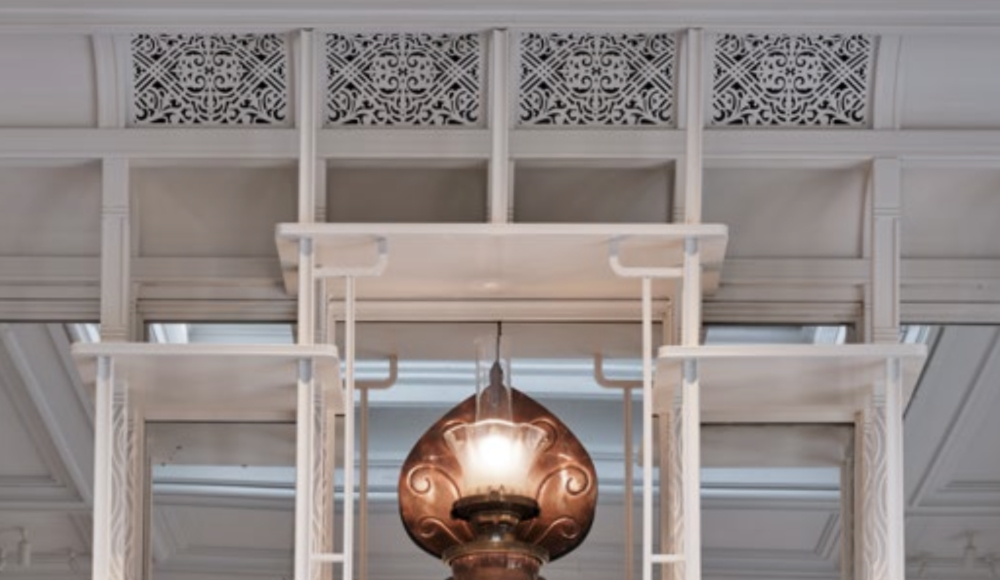Strategic ventilation in modern building design
Contents |
[edit] Architecture in the air
This article explores how and why ventilation has become an art form in itself, and offers advice for Architectural Technology professionals on how innovations in decentralised ventilation systems are working to improve the use of space in building design.
Ventilation has always been a vital component in the design and functionality of buildings. But today, as Architectural Technology professionals strive to create structures that are not only aesthetically pleasing but also achieve ambitious sustainability credentials, the integration of efficient HVAC systems is no longer just a matter of comfort.
The purpose of various airflow systems has expanded to play a pivotal role in creating energy-efficient buildings that also work to deliver a healthy environment for occupants. Yet, those systems also need to fit seamlessly into a building’s aesthetics, so that they become a seamless part of its bespoke design.
Smart ventilation strategies can reduce energy consumption, lower costs, and contribute to a building's overall environmental footprint, offering significant competitive advantages. But the question remains, can ventilation be both functional and visually appealing? And, how can Architectural Technology professionals ensure this is the case?
[edit] Strategic ventilation in modern building design
Traditional ventilation systems often face criticism for their visual impact on architectural spaces. Characterised by their bulky, mechanical and often intrusive appearance that detracts from the carefully crafted beauty of a building's design, traditional HVAC systems have historically fallen short by disrupting the harmony and elegance often envisioned by designers.
However, this is no longer the case, with innovative ventilation strategies presenting a wealth of compelling solutions to blend into the architectural fabric of a space, maintaining integrity and aesthetic appeal. Not only do innovative solutions serve the essential function of air circulation, but they can also contribute to the overall beauty of the building without compromising its functionality. Such solutions, especially those that are environmentally sustainable and energy-efficient, are increasingly seen as a marker of high-quality and forward-thinking design. Buildings that showcase cutting-edge, visually appealing ventilation technology can stand out in an increasingly crowded architectural landscape.
Modern architecture has seen the rise of natural ventilation, working to implement climate-mediating strategies that strip back the use of mechanical ventilation. Such strategies first consider architectural design, building materials, regional climates and occupant use to effectively channel and distribute outdoor air within.
Features such as strategically placed vents, windows, green walls, and natural airflow pathways not only serve functional purposes but also add unique design elements.
These features can be used to create stunning visual effects, such as highlighting certain architectural aspects or blending a building more seamlessly with its natural surroundings. However, natural ventilation often poses significant challenges. The importance of good quality indoor air, heightened by the COVID-19 pandemic, is a crucial requirement in modern building design. Here, the impact of outdoor air quality, dependent on a building’s location and the environmental health of its surroundings, must be considered. On top of this, an increased focus on ventilation regulations in commercial and residential spaces, as well as the design challenges posed by retrofits, can significantly impact a designer's ability to create good quality, effective airflow throughout a space using only natural ventilation techniques.
[edit] Decentralised ventilation systems in architecture
Enter innovations in decentralised ventilation. Rather than relying on the effective control and distribution of outdoor airflow for consistent and high-quality ventilation, decentralised ventilation systems can be easily controlled to target specific areas, ensuring good air quality when and where it is needed most within a space.
Working to channel airflow that is only needed at specific times for varying occupant uses, decentralised ventilation systems allow designers to implement high-quality ventilation strategies that save on energy costs and improve sustainable practices in building design.
Innovative systems such as the LTG FVP pulse actually mimic the natural movement of air. This enables a building to ‘breathe’ effortlessly, whilst also offering unique opportunities to increase energy efficiency through highly efficient heat recovery and demand-oriented control concepts.
Decentralised ventilation systems are particularly advantageous in retrofitting older buildings, where space and structural limitations can make both natural and traditional mechanical ventilation strategies challenging. These systems can be installed with minimal disruption to the existing structure, creating additional usable space and flexibility in design.
There is also a solid business case for investing in decentralised ventilation. It reduces the need for extensive ductwork, freeing up valuable floor space that would otherwise be occupied by bulky equipment. This in turn enables designers to optimise floor layouts and maximise square footage available, or to accommodate other functional needs within a commercial building.
The absence of centralised systems offers designers an unprecedented opportunity to gain greater creative control over a building's design. This freedom enables them to craft innovative partitions, layouts, and configurations within the structure, allowing for increased ceiling height. And, in the context of new constructions, it even paves the way for creating additional floors by freeing up substantial space.
As the landscape of architecture evolves, the fusion of functionality and aesthetics becomes ever more crucial. Ventilation – once a technical necessity – has evolved, shaping the very essence of building design. For Architectural Technology professionals seeking to push the boundaries of innovation, embracing progressive systems like decentralised ventilation need to be discussed and considered. These systems not only optimise space but also herald a new era where buildings stand as beacons of sustainability and energy efficiency. Architectural Technology professionals at the forefront of this revolution will not only craft visually striking structures but will also pioneer a new standard of environmental conscientiousness, setting them apart in a competitive market.
This article appears in the AT Journal issue 149 as 'Architecture in the air: strategic ventilation in modern building design' dated Spring 2024 and was written by Barry Hobday, Managing Director of MAPUK.
--CIAT
[edit] Related articles on Designing Buildings
- Air change rates.
- Air infiltration.
- Background ventilator.
- Condensation.
- Convection.
- Cross ventilation.
- Displacement ventilation.
- Domestic ventilation systems performance.
- Effective ventilation in buildings.
- Heat recovery ventilation.
- Humidity.
- HVAC balancing.
- Indoor air velocity.
- Mechanical ventilation.
- Mechanical ventilation's role in improving indoor air quality.
- Moisture.
- Natural ventilation.
- Passive building design.
- Preventing overheating.
- Single-sided ventilation.
- Stack effect.
- Thermal comfort.
- Underfloor air distribution.
- UV disinfection of building air to remove harmful bacteria and viruses.
- Ventilation.
- Ventilation and control of COVID-19 transmission.
- Ventilator.
- Whole building ventilation.
Featured articles and news
Gregor Harvie argues that AI is state-sanctioned theft of IP.
Experimental AI housing target help for councils
Experimental AI could help councils meet housing targets by digitising records.
New-style degrees set for reformed ARB accreditation
Following the ARB Tomorrow's Architects competency outcomes for Architects.
BSRIA Occupant Wellbeing survey BOW
Occupant satisfaction and wellbeing tool inc. physical environment, indoor facilities, functionality and accessibility.
Preserving, waterproofing and decorating buildings.
Many resources for visitors aswell as new features for members.
Using technology to empower communities
The Community data platform; capturing the DNA of a place and fostering participation, for better design.
Heat pump and wind turbine sound calculations for PDRs
MCS publish updated sound calculation standards for permitted development installations.
Homes England creates largest housing-led site in the North
Successful, 34 hectare land acquisition with the residential allocation now completed.
Scottish apprenticeship training proposals
General support although better accountability and transparency is sought.
The history of building regulations
A story of belated action in response to crisis.
Moisture, fire safety and emerging trends in living walls
How wet is your wall?
Current policy explained and newly published consultation by the UK and Welsh Governments.
British architecture 1919–39. Book review.
Conservation of listed prefabs in Moseley.
Energy industry calls for urgent reform.
Heritage staff wellbeing at work survey.



























